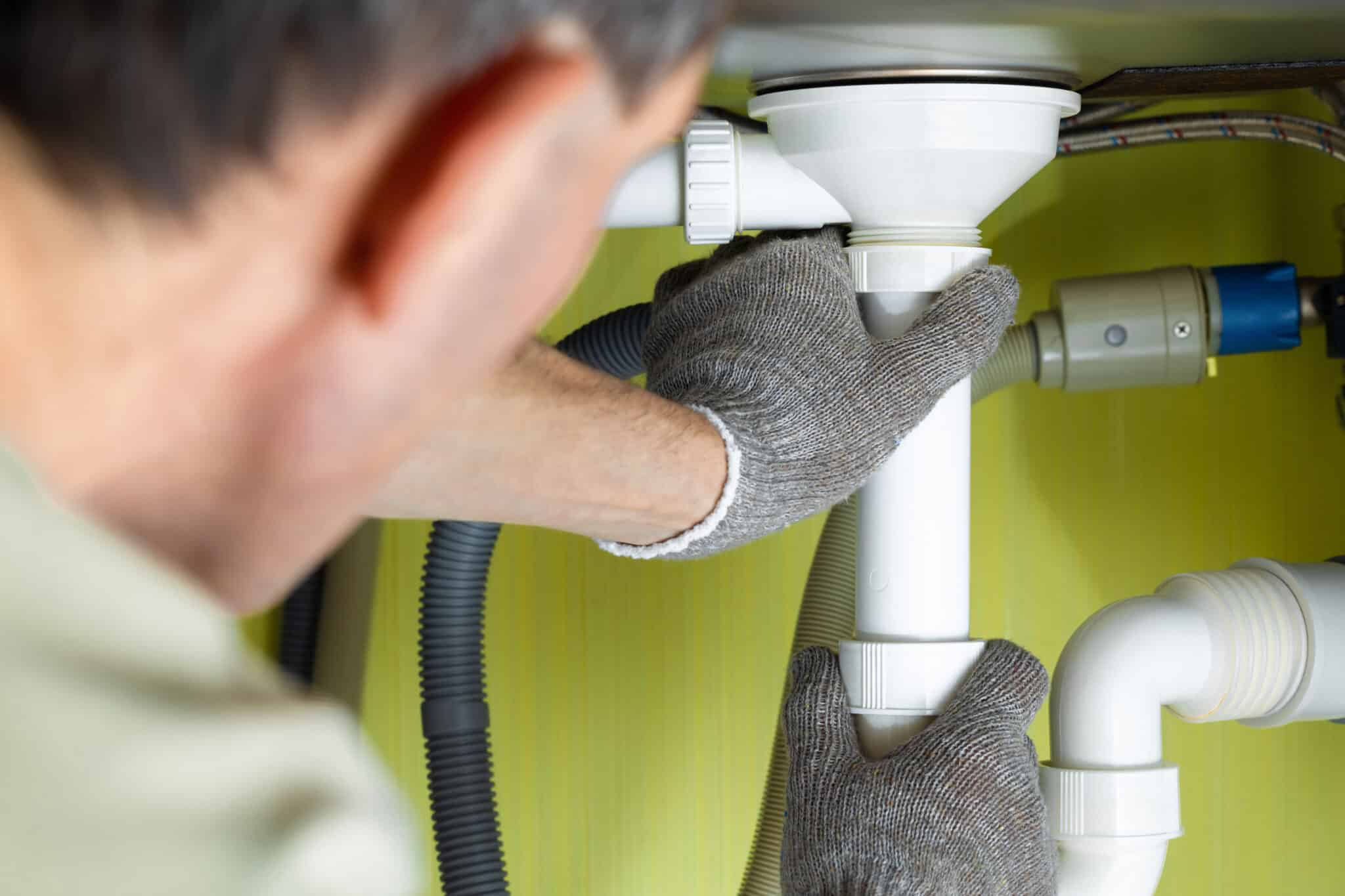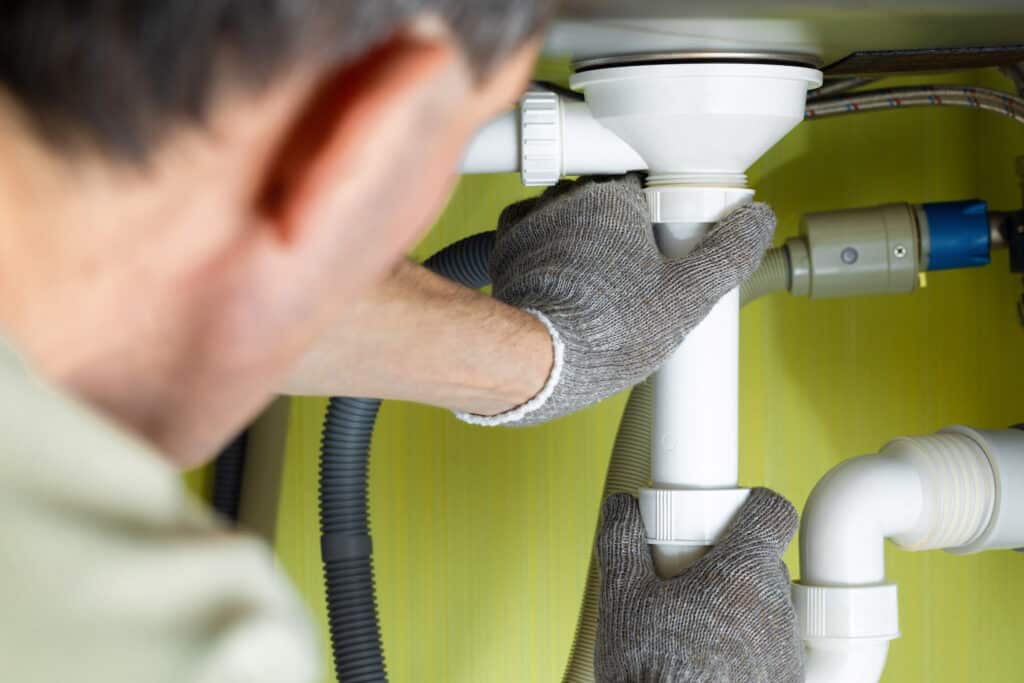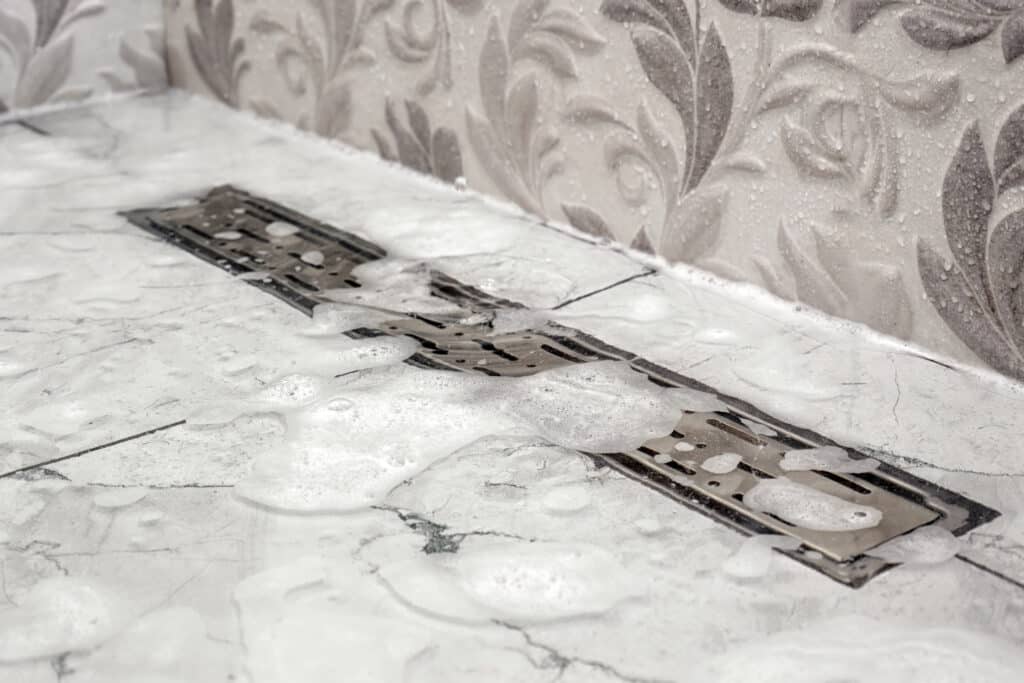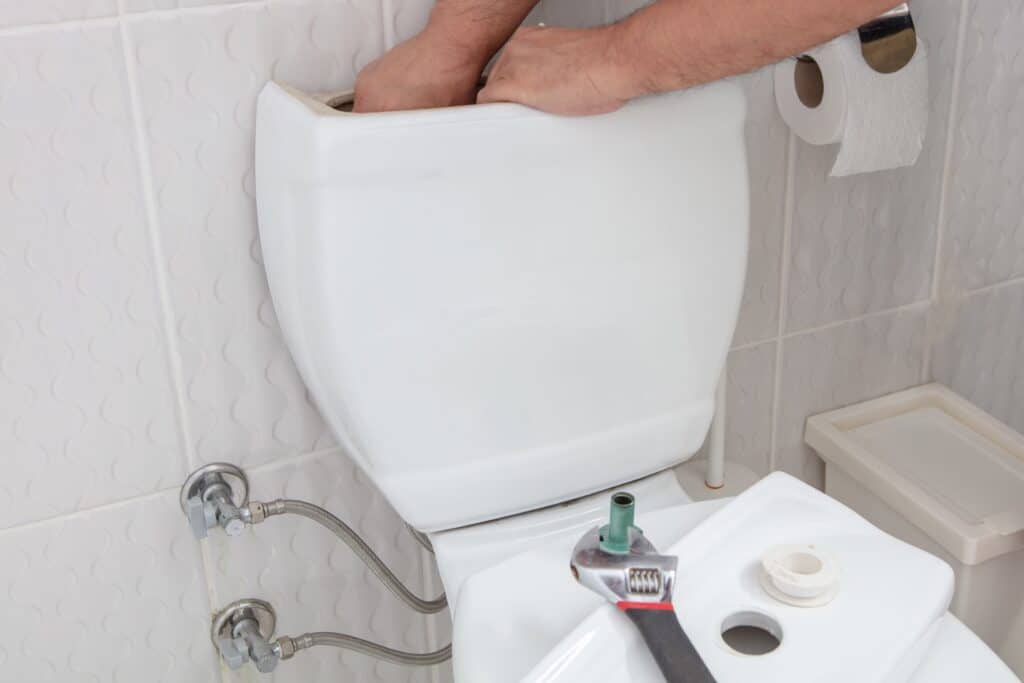When your toilet won’t stop running, it’s more than just an annoyance, it’s a sign that something’s amiss in your bathroom’s plumbing system. This common issue can lead to gallons of water wasted each day, escalating your utility bills and potentially causing water damage over time. Understanding the key components involved, such as the flapper, fill valve, float, and overflow tube, is crucial in identifying the root cause. Each of these parts plays a vital role in controlling the flow and level of water in your toilet tank.
If you’re in La Jolla or surrounding areas and find yourself facing a toilet that won’t stop running, it’s essential to check these components for wear and tear. A deteriorating flapper or a malfunctioning fill valve can often be the culprits behind this persistent problem. Similarly, an improperly adjusted float or a damaged overflow tube can disrupt the delicate balance required for your toilet to function correctly. Catching these issues early can save you from unnecessary water loss and prevent further damage to your plumbing system.
Residents of Linda Vista and nearby neighborhoods know that dealing with a toilet that won’t stop running can be frustrating. However, it’s a problem that shouldn’t be ignored. By paying attention to the signs of wear on these crucial toilet parts, you can address the issue before it escalates. Regular checks and maintenance can help ensure that your toilet runs efficiently, conserving water and keeping your utility bills in check.
For those who are not comfortable tackling plumbing issues on their own, or if the problem persists despite your best efforts, seeking expert assistance is a wise choice. In San Diego, Paws Plumbing is renowned for its expertise in diagnosing and fixing toilets that won’t stop running. With a team of experienced professionals, they can quickly identify the cause of the problem and provide a lasting solution, ensuring your toilet operates smoothly and efficiently once more.
Understanding Why Your Toilet Won’t Stop Running
When exploring why your toilet won’t stop running, it’s pivotal to begin with the flapper. This rubber seal between the tank and bowl controls water flow. Over time, it can degrade or become unseated, causing a constant trickle. Inspecting this component for cracks or warps can reveal if it’s the source of your woes.
Next, the fill valve deserves attention. This mechanism refills the tank after each flush. If it fails to shut off properly, water will continue to run. Adjusting or replacing a malfunctioning fill valve can often resolve the issue, restoring proper function to your toilet.
Additionally, the float’s role cannot be overlooked. This part adjusts the water level in the tank. If set too high, water spills into the overflow tube, and the toilet won’t stop running. Ensuring the float is correctly positioned prevents excess water flow, saving you from potential headaches and high bills.
Lastly, examining the overflow tube is crucial. This safety feature prevents tank overflows but can contribute to a running toilet if damaged. If the overflow is cracked or too short, the toilet won’t stop running. Addressing these components systematically can significantly reduce the chances that your toilet won’t stop running, promoting efficiency and peace of mind.
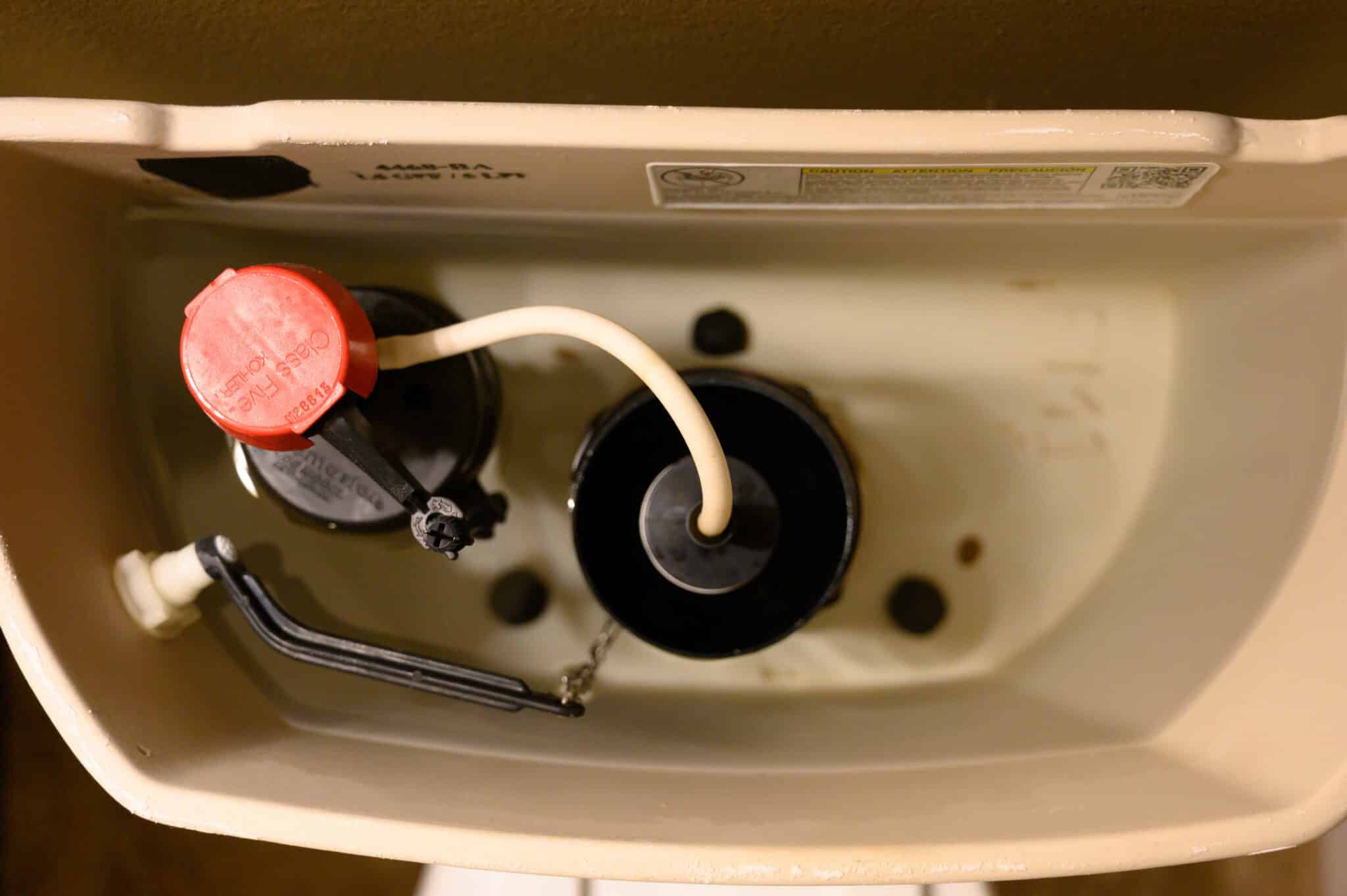
The Role of the Flapper in Your Toilet’s Functionality
Understanding the functionality of your toilet’s flapper is crucial when tackling the issue of why your toilet won’t stop running. The flapper acts as a gatekeeper, controlling the flow of water from the tank into the bowl. When it fails to form a tight seal, water leaks continuously, leading to an incessant running sound. Regular inspection for signs of wear or misalignment can prevent this frustrating problem.
In La Jolla, homeowners often overlook the simplicity of fixing a faulty flapper, which can be the key to solving a toilet won’t stop running scenario. A worn-out flapper is easily replaced with a trip to the hardware store and a few minutes of DIY effort. Ensuring a proper fit and seal can dramatically reduce water wastage, contributing to more efficient home plumbing. This straightforward fix not only saves water but also avoids the annoyance of constant noise.
However, if after inspecting the flapper, your toilet won’t stop running, further investigation into other components may be necessary. It’s important not to ignore this issue, as it signifies that water is being wasted, increasing your utility bills. Residents in Linda Vista are encouraged to regularly check their toilet’s internal mechanisms to catch and address problems early. Prompt action can lead to quick resolutions, maintaining the efficiency of your home’s plumbing system.
For those who find the task daunting or if the problem persists, seeking professional help is a practical solution. Experts in plumbing can offer a thorough inspection and repair service, ensuring that every part of your toilet is functioning correctly. Their experience allows them to quickly identify and fix any issue, providing peace of mind to homeowners. This approach not only secures the functionality of your toilet but also promotes water conservation and efficiency in your household, especially when your toilet won’t stop running.
Diagnosing Issues with the Fill Valve
Moving on to the fill valve, this component is essential for refilling the toilet tank after each flush. If it malfunctions, the toilet won’t stop running, leading to unnecessary water wastage. Residents in La Jolla can easily check this part by listening for a hiss or watching for water that continues to flow after the tank is full. Adjusting or replacing the fill valve can quickly solve this issue, ensuring your toilet functions efficiently.
In some cases, the problem might be with the fill valve’s connection to the water supply line. A loose connection can cause a constant flow of water, meaning the toilet won’t stop running even after flushing. Tightening this connection or replacing a worn-out supply line can stop your toilet from running incessantly. This simple fix can save gallons of water daily and reduce your utility bills.
Another aspect to consider is the fill valve’s adjustment settings. If set incorrectly, it can cause the water level in the tank to be too high or too low, leading to issues where the toilet won’t stop running. Homeowners in Linda Vista can easily adjust these settings themselves, ensuring the water level is appropriate for their specific toilet model. Proper adjustment prevents overflow and ensures the toilet stops running after each flush.
Lastly, it’s important to inspect the fill valve for any signs of wear or damage. Over time, mineral deposits from hard water can clog the valve, or its components can wear out, affecting its functionality. Cleaning or replacing a damaged fill valve can restore the proper flow of water into the tank. This helps ensure that the toilet won’t stop running, saving both water and future plumbing headaches.
How the Float Affects Water Level and Flow
Adjusting the float is a crucial step when addressing why your toilet won’t stop running. This component determines the water level in the tank, preventing it from being too high or too low. If the float is set incorrectly, it can cause continuous water flow or insufficient flushing. Homeowners in La Jolla can easily adjust the float themselves, ensuring the water stops at the right level.
Sometimes, the issue might be with the float itself being damaged or stuck, which can make the toilet won’t stop running persist. This can happen when the fill valve fails to shut off due to the incorrect water level signal. Checking the float for any obstructions or signs of wear can help identify this problem. Residents in Linda Vista can resolve this by cleaning or replacing the float to ensure it moves freely.
Another aspect to consider is the interaction between the float and the fill valve. If the float is not properly connected to the fill valve, the toilet won’t stop running consistently. Ensuring a secure connection between these parts is essential for the proper functioning of your toilet. This simple check can prevent the toilet from running continuously and save water.
Lastly, it’s important to regularly inspect the float for adjustments. Over time, the correct water level setting may shift, requiring a readjustment. This proactive approach can keep your toilet running efficiently. By maintaining the correct float level, homeowners can prevent situations where the toilet won’t stop running, conserving water and reducing utility bills.
Inspecting the Overflow Tube for Problems
Inspecting the overflow tube is a crucial step when you find your toilet won’t stop running. This part prevents water from spilling over by directing excess into the bowl. If it’s damaged or incorrectly installed, it can cause continuous water flow. Homeowners in La Jolla can check for cracks or misalignment to ensure it’s functioning correctly.
Sometimes, the issue isn’t visible damage but rather an overflow tube that’s set too high, which means the toilet won’t stop running properly. This can lead to water constantly running into the bowl, contributing to the problem. By adjusting the tube to the correct height, you can stop the water from overflowing. This adjustment is a simple fix that residents in Linda Vista can perform to save water and reduce their bills.
It’s also important to ensure the overflow tube isn’t clogged. A blockage can disrupt the water flow, making it so the toilet won’t stop running despite other components working fine. Clearing any debris from the tube can restore proper water circulation. This maintenance task helps keep your toilet operating efficiently and prevents unnecessary water wastage.
Lastly, regular inspection of the overflow tube can prevent future issues. Catching problems early on can save time and avoid the frustration when your toilet won’t stop running. By keeping an eye on this component, you can ensure your toilet functions smoothly, conserving water and keeping your plumbing in top shape.

Step-by-Step Guide to Fixing a Running Toilet
When a toilet won’t stop running, starting with a systematic approach can make all the difference. First, shut off the water supply to your toilet to prevent further water loss. This simple step is crucial and ensures that you can inspect each component without the distraction of flowing water. Residents in La Jolla will find this initial action helpful in preparing for the next steps of troubleshooting.
Next, remove the toilet tank lid and place it safely aside. With the water supply off, flush the toilet to drain the tank, providing clear access to all internal parts. This allows homeowners in Linda Vista to visually inspect the flapper, fill valve, float, and overflow tube without obstruction. Clearing the tank makes it easier to identify any worn or damaged components that could be the reason the toilet won’t stop running.
After draining the tank, check the flapper for signs of wear or improper seating. If the flapper appears damaged or does not form a complete seal, replacing it is often a quick fix. This step is crucial as a faulty flapper is a common culprit behind a toilet won’t stop running situation. Ensuring a tight seal can significantly reduce water wastage and restore your toilet’s efficiency.
Finally, if the issue persists, proceed to inspect the fill valve, float, and overflow tube. Adjusting the float to ensure it stops the water at the correct level can be a simple yet effective solution. If these steps do not resolve the problem, the fill valve or overflow tube may require adjustment or replacement. These measures ensure the toilet won’t stop running, helping to conserve water and reduce household costs.
When to Call Paws Plumbing for Toilet Repairs
Despite your best efforts, there are times when a toilet won’t stop running even after checking the flapper, fill valve, float, and overflow tube. In such instances, it’s wise to seek professional help. Paws Plumbing in San Diego has the expertise to diagnose and resolve complex plumbing issues. Their skilled team can save you time and prevent further water wastage.
Residents of La Jolla understand the importance of conserving water and maintaining an efficient home. When DIY fixes don’t solve the problem, calling in the experts from Paws Plumbing ensures that every aspect of your toilet’s function is thoroughly examined. They bring the right tools and knowledge to fix issues that might not be apparent to the untrained eye. This approach not only stops the toilet from running but also enhances the overall health of your plumbing system.
In Linda Vista, homeowners who experience persistent plumbing problems can attest to the peace of mind that comes with professional intervention. Paws Plumbing’s prompt and efficient service means you won’t have to worry about recurring issues. They identify the root cause and implement a lasting solution, ensuring your toilet operates smoothly. This level of service prevents future emergencies and saves on potential repair costs.
Ultimately, when a toilet won’t stop running, knowing when to call in professionals like Paws Plumbing is key. Their expertise in handling such problems can prevent unnecessary water loss and ensure your plumbing system remains in top condition. Trusting their experienced team to manage your repairs can lead to significant savings and a stress-free resolution.
Conserving Water and Preventing Damage
Addressing a toilet won’t stop running not only saves water but also prevents potential damage to your home’s plumbing system. In La Jolla, residents are increasingly aware of the importance of water conservation. By ensuring that all components of their toilets are functioning properly, they can avoid the unnecessary waste of this precious resource. This proactive approach contributes significantly to both environmental conservation and the reduction of utility bills.
In Linda Vista, homeowners understand that a toilet won’t stop running can lead to more than just increased water bills. If left unaddressed, the constant flow of water can strain the plumbing system, leading to leaks or even water damage over time. Regular maintenance and prompt repairs are essential in preventing such outcomes. Taking action at the first sign of a problem can save a lot of hassle and expense in the long run.
The key to preventing situations where a toilet won’t stop running lies in routine checks and maintenance. Simple steps, like inspecting the flapper, fill valve, float, and overflow tube, can reveal early signs of wear or malfunction. Catching these issues early not only keeps your toilet running efficiently but also extends the lifespan of your plumbing fixtures. This diligence ensures that water is used wisely and responsibly.
Ultimately, conserving water and preventing damage to your home’s plumbing are interconnected goals. By resolving problems where the toilet won’t stop running, homeowners can achieve both. Regular maintenance, combined with a quick response to repair needs, forms a solid defense against water waste and plumbing problems. This approach not only benefits individual households but also supports the broader community effort to conserve water and protect our environment.
Frequently Asked Questions
What causes a toilet to keep running?
A toilet that won’t stop running often points to issues with the flapper, fill valve, float, or overflow tube. These parts regulate water flow and ensure the tank fills correctly after flushing. When they wear out or break, water continuously leaks, leading to constant running. Regular checks can prevent this problem and save water.
How do I fix a toilet that won’t stop running?
To fix a toilet that won’t stop running, start by examining the flapper for wear and tear. If it’s damaged, replacing it can often solve the problem. Adjusting the fill valve and float might also help if the water level is too high or too low. Lastly, check the overflow tube to ensure it’s not causing excess water to drain from the tank.
Can a faulty flapper cause a toilet to run continuously?
Yes, a faulty flapper is a common culprit behind a toilet that won’t stop running. It acts as a seal for the tank’s water, and when it’s damaged, water leaks into the bowl non-stop. Replacing a worn-out flapper can quickly fix the issue, restoring your toilet to proper function. This simple step can save gallons of water and prevent unnecessary waste.
Why is my toilet won’t stop running after flushing?
If your toilet keeps running after flushing, it’s likely due to a malfunction in one of its internal components. A common issue is the flapper not sealing properly, allowing water to flow continuously. Alternatively, the fill valve or float might be incorrectly adjusted, causing an endless cycle of filling and draining. Addressing these parts can often resolve the problem, ensuring your toilet operates efficiently once more.
How often should I check the toilet parts for wear and tear?
It’s smart to inspect your toilet parts for wear and tear at least once a year. This regular check-up can catch any issues early, preventing a toilet that won’t stop running. If you notice any signs of damage or malfunction during these inspections, addressing them promptly can save water and reduce your bills. For those unsure about what to look for, seeking guidance from professionals like Paws Plumbing can be a great help.


